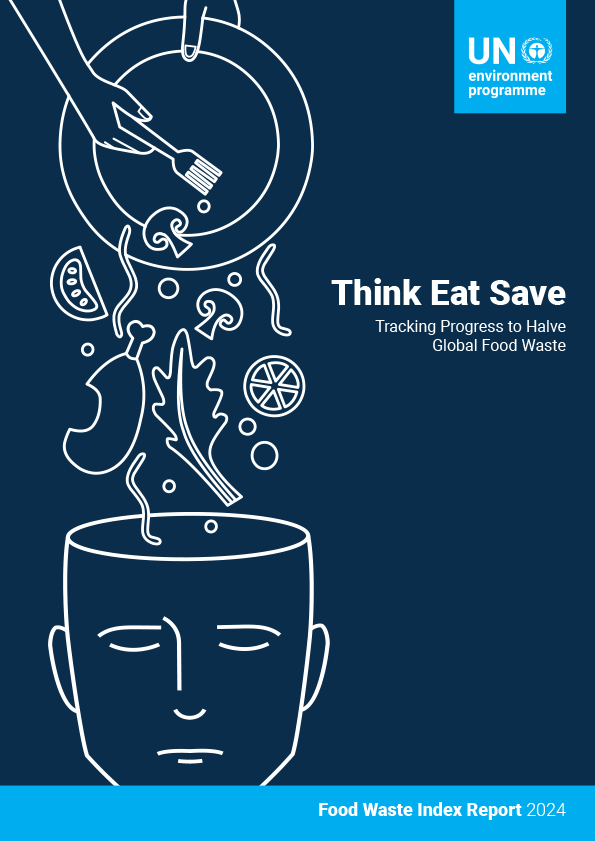Understanding the scope of food waste is essential to drive significant action towards reducing food waste and achieving SDG 12.3. Measuring food waste allows countries to understand the scale of the problem, thereby revealing the magnitude of the opportunity, while establishing a baseline to track progress. The Food Waste Index Report 2021 marks a pivotal moment in understanding global food waste across the retail, food service and household sectors. It reveals that more food waste data is available than expected, particularly at the household level, and that per capita household food waste generation is more consistent around the world than previously thought. I made it clear that I was doing it.
The Food Waste Index Report 2024 builds on its predecessor in three key ways: First, we incorporate significantly expanded data points from around the world to provide more robust global and national estimates, which are detailed in Chapter 2 of the main report. It then expands on the SDG 12.3 food waste measurement methodology introduced in the 2021 report and provides enhanced guidance on measurement across the retail, food service and household sectors. This additional guidance details the different methodologies, their strengths and limitations, and strategies for prioritizing measurement subsectors, as discussed in Chapter 3. Finally, the report moves from focusing solely on measuring food waste to exploring solutions for food waste reduction. This chapter examines effective approaches to reducing food waste globally, with a focus on public-private partnerships in this 2024 report.



